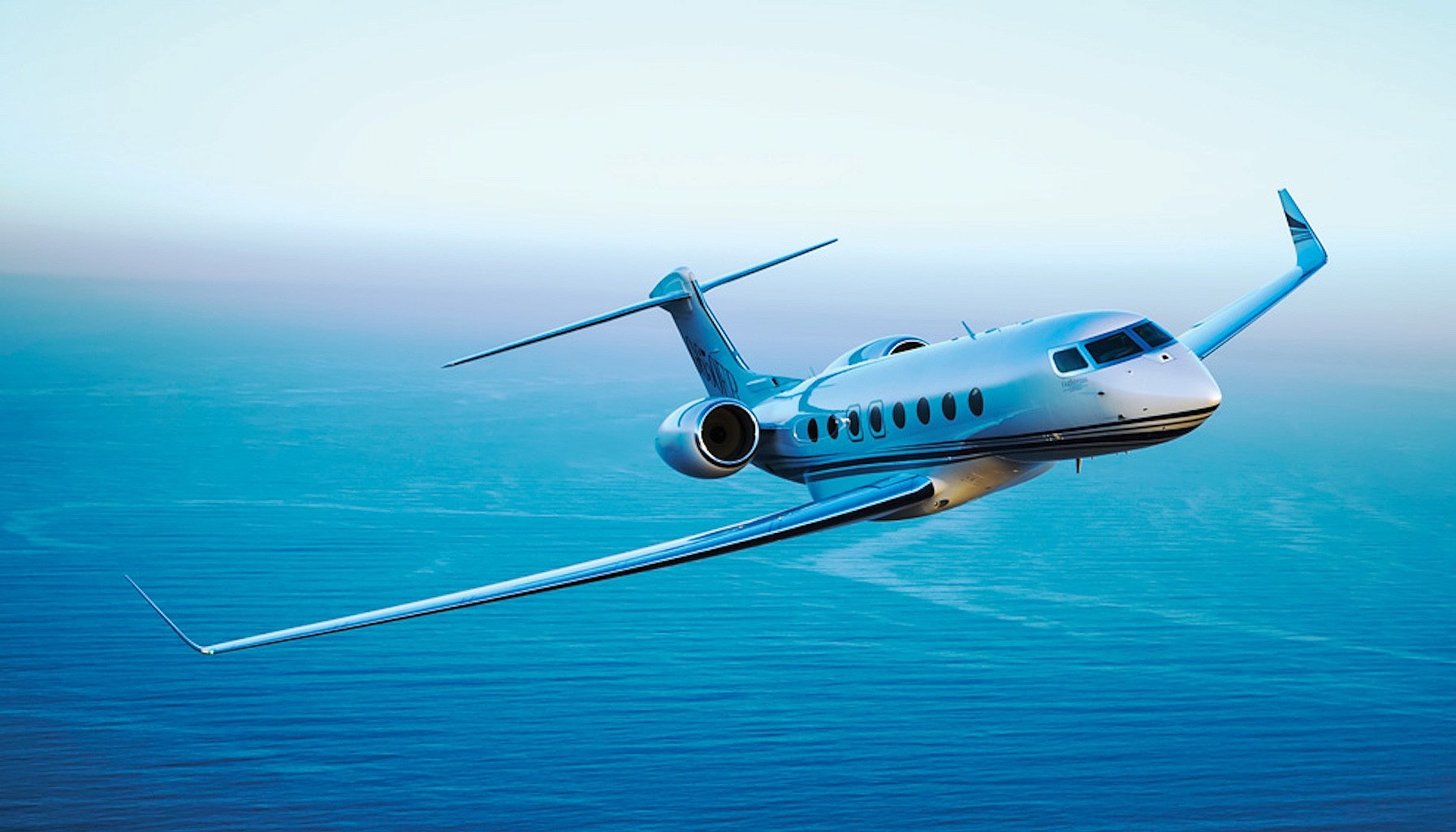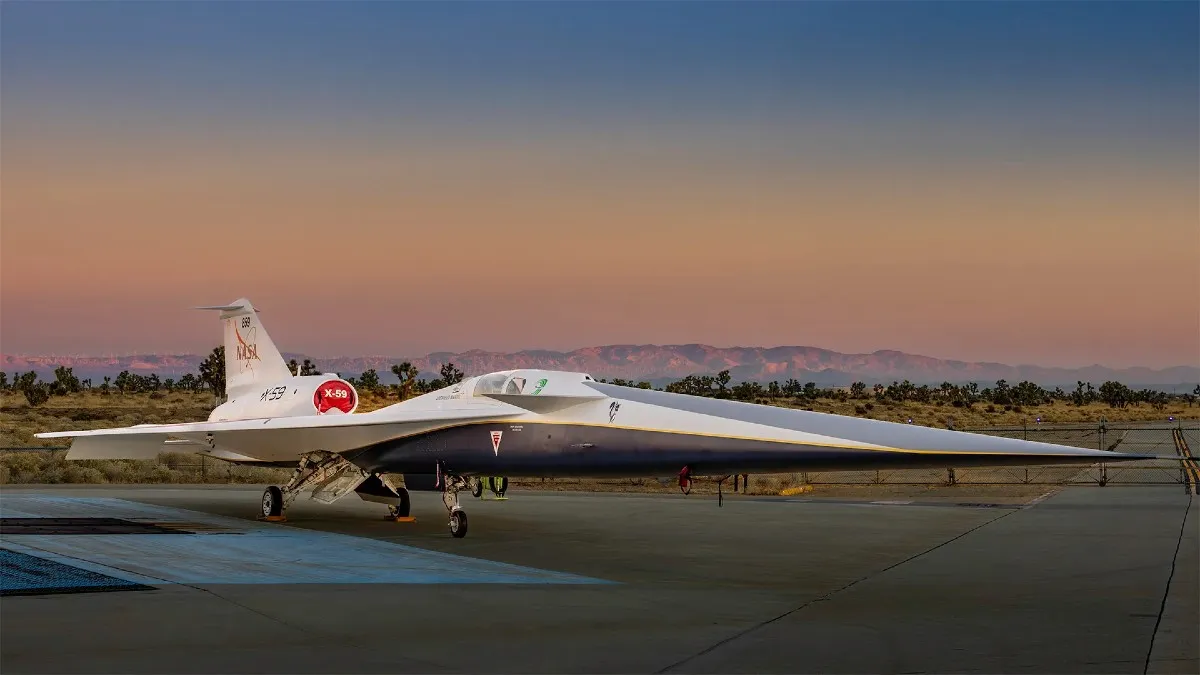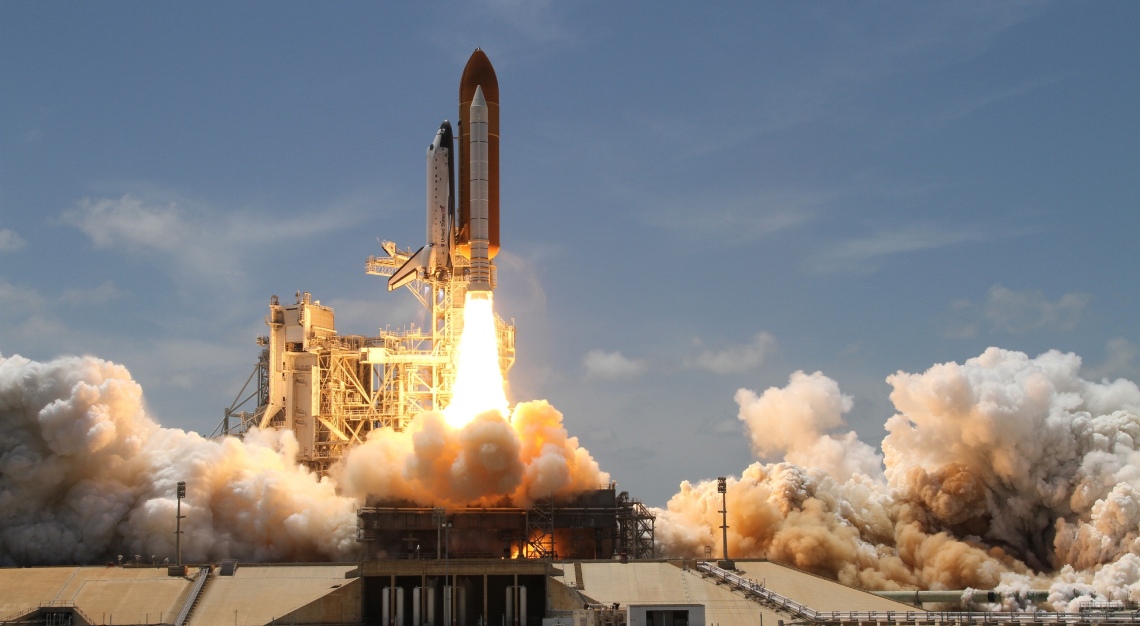Recent images of the X-59 QueSST suggest it’s ready for ground tests and then flight. The experimental aircraft is designed to pave the way for a new generation of supersonic commercial jets
In the last two days, NASA’s experimental supersonic aircraft, the X-59 QueSST (Quiet SuperSonic Technology), has moved a step closer to its first flight.
The “quiet” supersonic X-59 is now on the flight line, the area between the hangar and runway, according to images released by NASA.
Before flight, the team will need to conduct ground tests, including engine runs and taxi tests, to make sure it is safe for flight. NASA hasn’t released a timeline for the first flight.
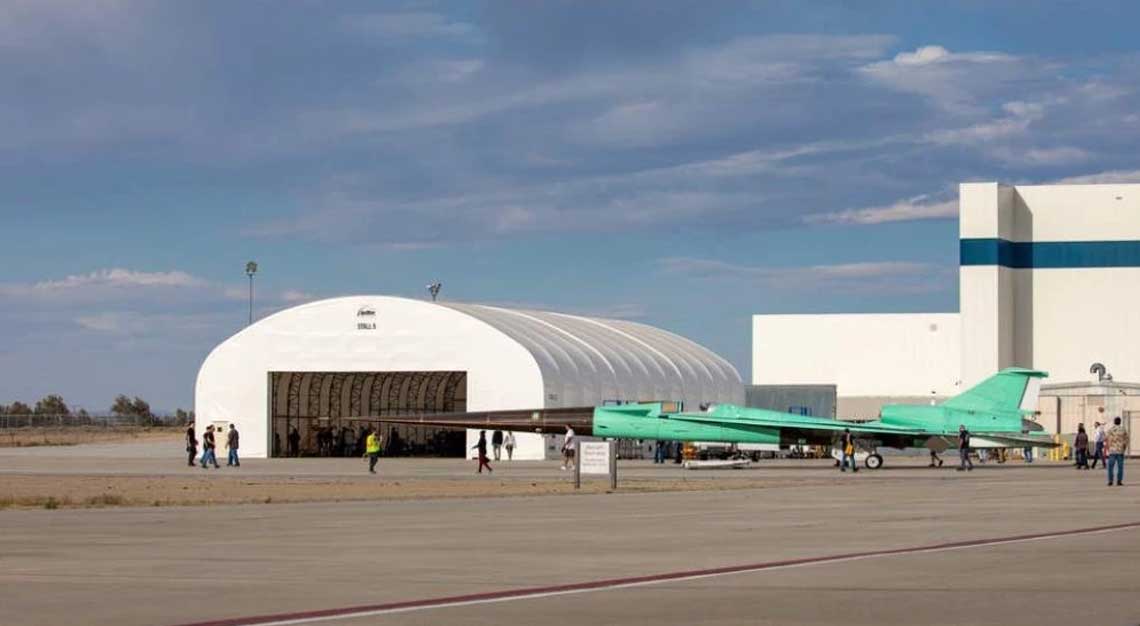
The X-59 has been in construction for more than two years. Its goal is to be able to fly supersonic, or faster than Mach 1 (1,235 kilometres per hour), while reducing the sonic booms that defined previous supersonic aircraft like the Concorde, to a quiet thump.
NASA plans to fly the aircraft over communities to gather responses from people on the ground about the sounds generated during supersonic flight. The long-term goal is to gauge public response and present that data to regulators, possibly opening the way to commercial supersonic flight for aircraft like Boom’s Overture, which claims its design will mitigate sonic booms. The US government banned supersonic flight for all civilian aircraft over land in 1973.
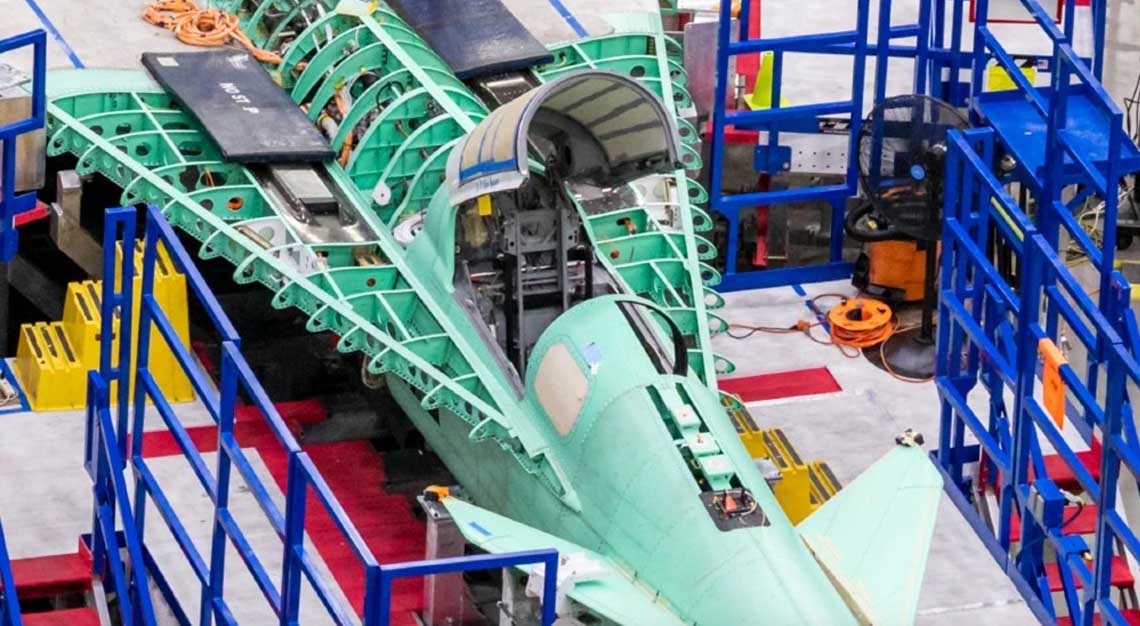
“It’s a rule that many people today aren’t aware of, yet it’s at the heart of what our Quesst mission is all about,” said Peter Coen, NASA’s Quesst mission integration manager in a statement. “We’re definitely ready to write a new chapter in the history of supersonic flight, making air travel over land twice as fast, but in a way that is safe, sustainable, and so much quieter than before.”
The single-seat X-59 has a length of just under 30 metres, with a hard-swept wingspan of 9 metres and height of just 4 metres. It will be able to cruise at 16,764 metres with a cruising speed of mach 1.4, or 1,495 kilometres per hour.
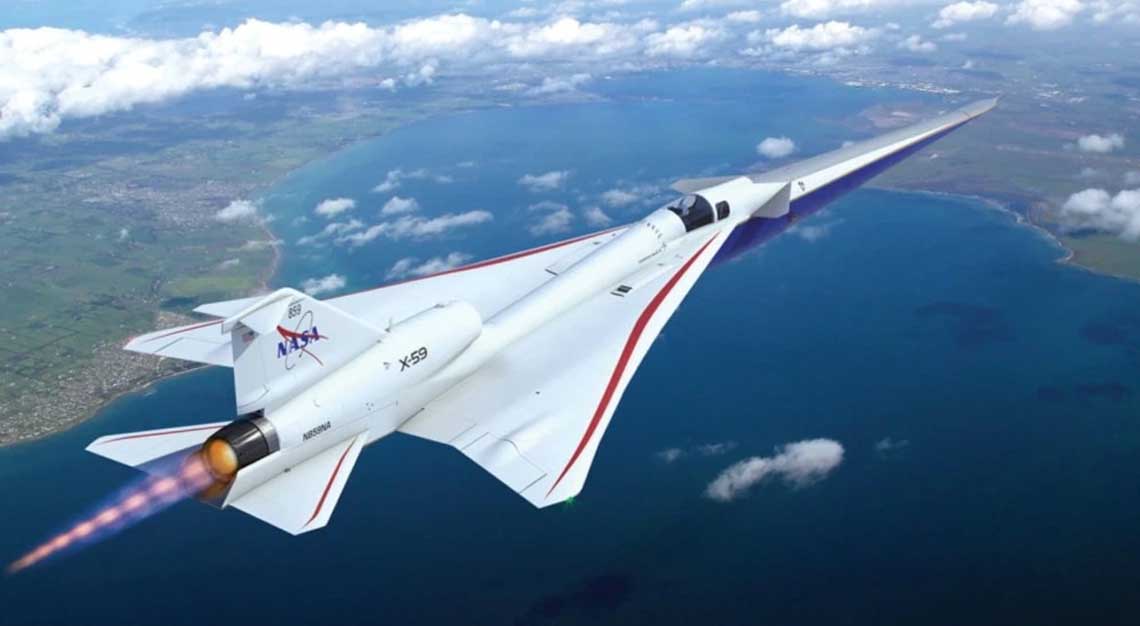
The X-59 is much smaller and slower than the Concorde. The 100-passenger craft cruised at 18,288 metres and a speed of Mach 2, or around 2,172 kilometres per hour. It operated between 1976 and 2003.
If the X-59 is successful, and its soft thump convinces regulators to at least modify the ban on supersonic aircraft, the result could be a new generation of supersonic aircraft, which Boom and others are now attempting to build.
This story was first published on Robb Report USA. Featured photo by Garry Tice


